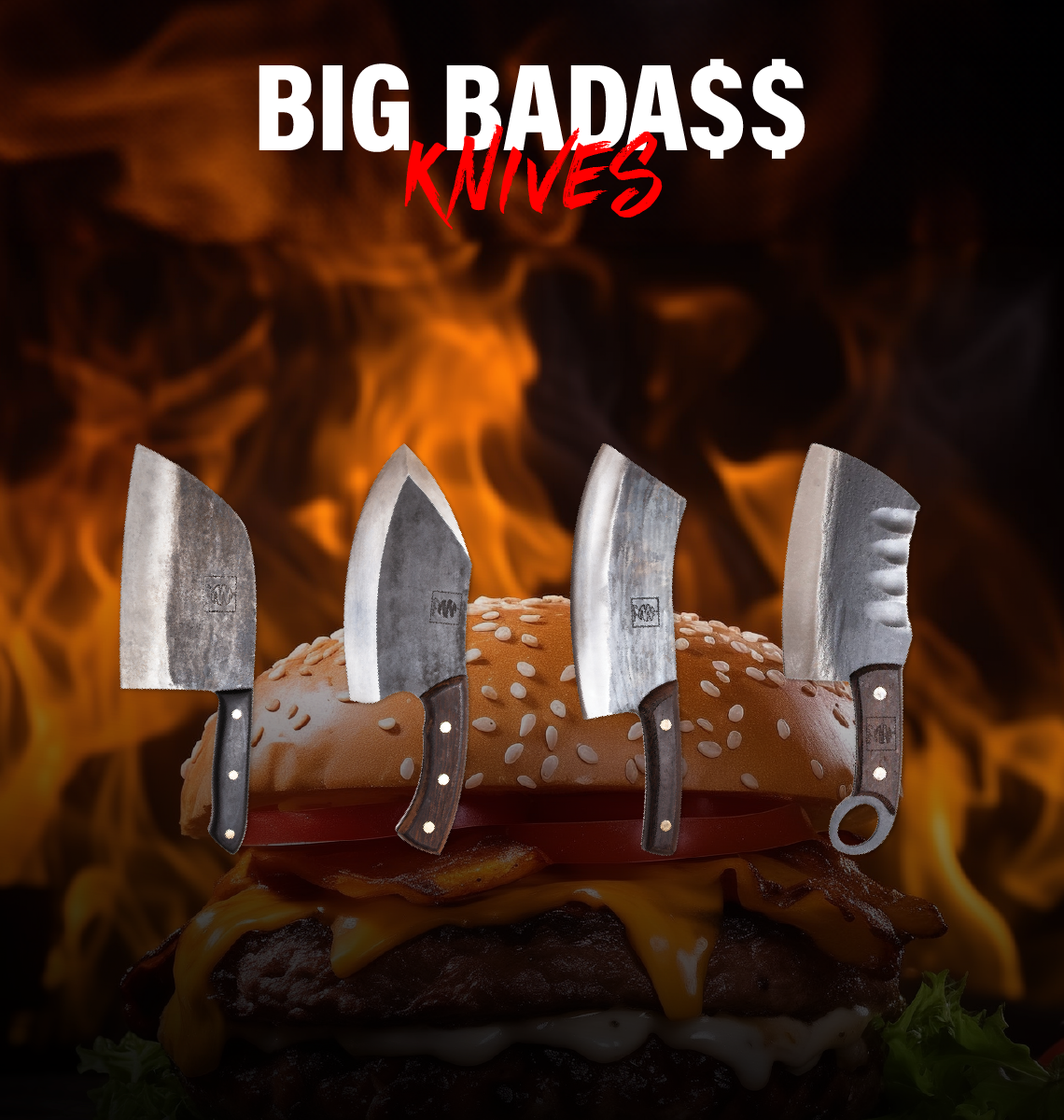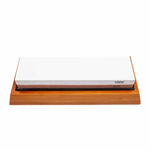How to use kitchen knives safely

When it comes to knife safety, we never really think about it while carelessly chopping our food, quickly washing the knife, or getting it out of the drawer. Over time, carefulness tends to become second nature to us and that is when the majority of knife injuries take place. It’s important to know all the basics of knife safety and learn some intricate ways of avoiding disasters in the kitchen. So let’s dive into our tips and tricks of using kitchen knives safely.
- Choose the right knife

Although for a non-professional, this decision can be daunting, it is critical for kitchen safety. When you use the wrong knife for the job, you're more likely to get harmed. This is all well and good, but not everyone understands how to make the right decision. That’s why we need to consider a couple of important things:
- Blade’s edge: The edge of the blade will either help you out or make your job a lot harder depending on their type. For instance, serrated knives are great for cutting through foods with tender centers, while Granton blades are suited for wet foods like cheese and salmon.
- Blade’s size: This should be a no brainer. For example, you won’t be able to butcher a big chunk of meat with a small paring knife, that’s a job suited to a cleaver knife.
- Blade’s flexibility: Some tasks require a flexible blade, while others need a firm one. Let’s say you’re choosing one to remove scales from a fish and that will definitely require a firm blade. Where you’d need a more flexible one to cut potatoes.
If you want to find out more about this topic, read our guide on how to choose the right chef’s knife.
- Sharpen you knives regularly
We can not stress this enough: You're more likely to injure yourself with a dull knife than with a sharp one. Because we tend to use more effort on a dull blade, which can cause it to slip off. Please sharpen your knives on a regular basis and avoid using rusted, blunt knives. And if you don't know how to do it or don't want to spend every other month taking your knives to an expert, here is a simple guide on how to sharpen steel knives.
- Learn proper cutting techniques

Knowing how to properly cut with your kitchen knives is a fundamental point for your safety. Believe it or not, cutting techniques aren't as intimidating as professionals make them seem. You just need a lot of practice and patience to hone your skills. Use this guide to learn the techniques of chopping food like a pro chef.
- Store your knives correctly
When not in use, your kitchen knives should be stored away from your workspace as well as out of the reach of children. You can store them in a separate drawer away from other cutlery and make sure that children are not able to open the drawer. Or in a knife block, preferably wooden to not damage the blades as well. And on a magnetic knife rack high enough to be away from children.
- Secure your chopping block
First of all, we recommend using wooden cutting boards which are better than slippery and hard materials. Now, to secure your chopping board, you need to put a damp cloth underneath to stop the board from slipping. It’s as simple as that, yet you're safe and secure from horrific injuries.
Here are some extra quick tips to keep in mind:
- When interrupted, stop cutting and place the knife down on a flat and secured surface.
- Never place knives near the edge of a countertop.
- Never leave a knife soaking in a sink of water.
- When a knife falls, step back, warn others, and don’t try to catch it.
- Carry knives with the cutting edge angled slightly away from your body.
- To hand a knife to someone else, place it down on a clean surface and let the other person pick it up.
- Cut in the direction away from your body.
That’s it for now, We hope these tips and tricks will help you feel safer when handling your kitchen knives. Stay safe and sharp.

































